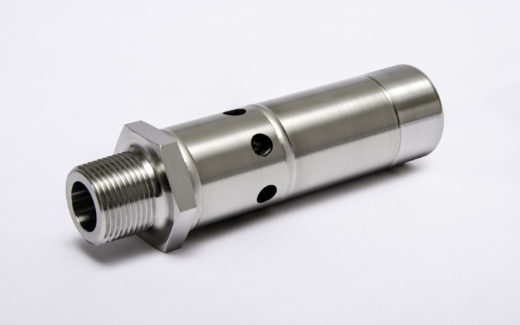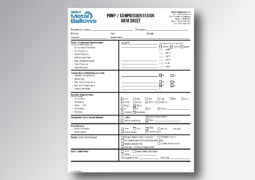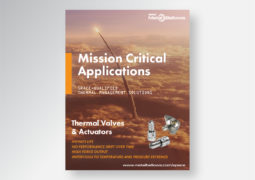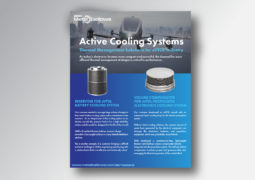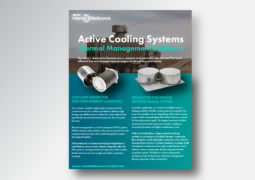No Performance Drift
Traditional rubber membranes allow expansion media to leak, so devices experience performance drift—and eventual failure—over time. Our bellows construction means zero leakage of the expansion media, and so our actuators experience no performance drift.
Further, the welded metal bellows is capable of 1,000,000+ thermal cycles offering reliability that is orders of magnitude greater than conventional devices.


